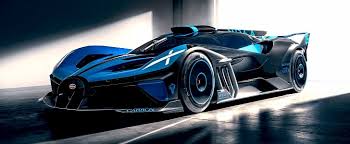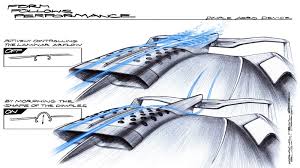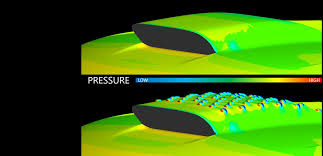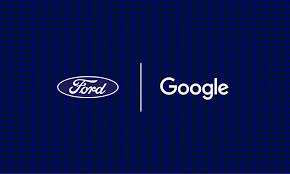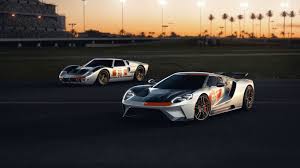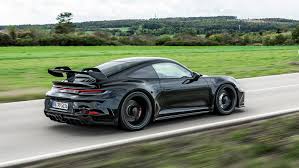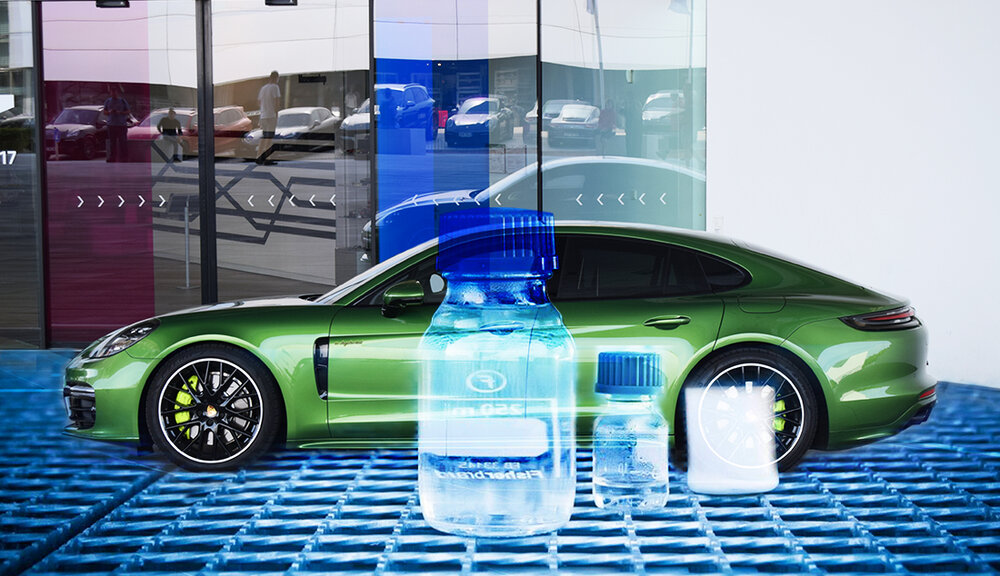A preview version of the virtual reality platform for effective communication and collaboration was freshly introduced by Microsoft [1]. Let’s look behind the scenes as the future of collaborative telecommuting is coming!
The very concept was originally introduced by Microsoft at the Ignite 2021 conference. It consists in the users interaction with each other and with digital 3D models in a single virtual space, that is superimposed on the real world.
The virtual space can be connected to using a wide range of devices. The platform supports most VR headsets, tablets, smartphones, PCs, and, besides, Microsoft’s mixed-reality headset called the HoloLens 2.
The company claims that Mesh feels like “you’re really in the same room with someone and sharing content.” People in Mesh will be represented by virtual avatars from the social network AltspaceVR, which Microsoft acquired back in 2017. But eventually, the company wants to arrive at holoportation (virtual 3D teleportation in real-time), where people will be able to appear in a virtual environment as themselves.
According to The Verge editor Tom Warren, who participated in an hour-long demonstration of the technology, it’s similar to working through Microsoft Teams. A Microsoft representative appeared right in front of the reporter’s desk and started handing him virtual jellyfish and sharks, whose shape and colour could be changed.
/cdn.vox-cdn.com/uploads/chorus_asset/file/22339281/microsoftmesh.gif)
According to Warren, it turned out to be “much more exciting” than the Zoom calls he participates in every day.
The platform provides community demonstrations, screenings, and shared experience in addition to traditional online meetings. For example, in this way you can hold a speech in front of an audience of listeners, said James Cameron during the Microsoft demonstration.
Mesh is not just a tool for virtual meetings, but a full-fledged platform based on the Azure cloud, which will be opened to third-party developers.
Who could benefit from Mesh you may ask, Microsoft anticipates a high demand among architects, developers, designers, and other professionals who really need to collaborate in a single space but have some troubles with that due to the pandemic. Mesh will also allow you to play Pokemon Go, which has also been affected by the pandemic.
The good news tells us the platform will be available on multiple devices from HoloLens 2 to smartphones. A preview version of Mesh is available for Microsoft’s headset since March 2, along with a preview version of the AltspaceVR social network. The company also plans to incorporate Mesh into its Teams and Dynamics 365 products.
I’m not arguing that holograms that are in the not-too-distant future are extremely convenient. Virtual conferences indeed can become a tool even more effective than offline ones, due to augmented reality tools. However, it is also true that the availability of Mesh is still far from being a mass product. The previous Microsoft Mesh was not that successful, so they shut it down [2]. Later it was replaced by already tolerable OneDrive, the same probably will be this time – they show sketches of the technology, but it does not seem that in the next few years it will be possible to seriously use it.
What do you think of that perspective? We would make an interesting dialogue if you could elaborate on that in the comments!
[2] https://www.zdnet.com/pictures/screen-shots-microsofts-live-mesh/

